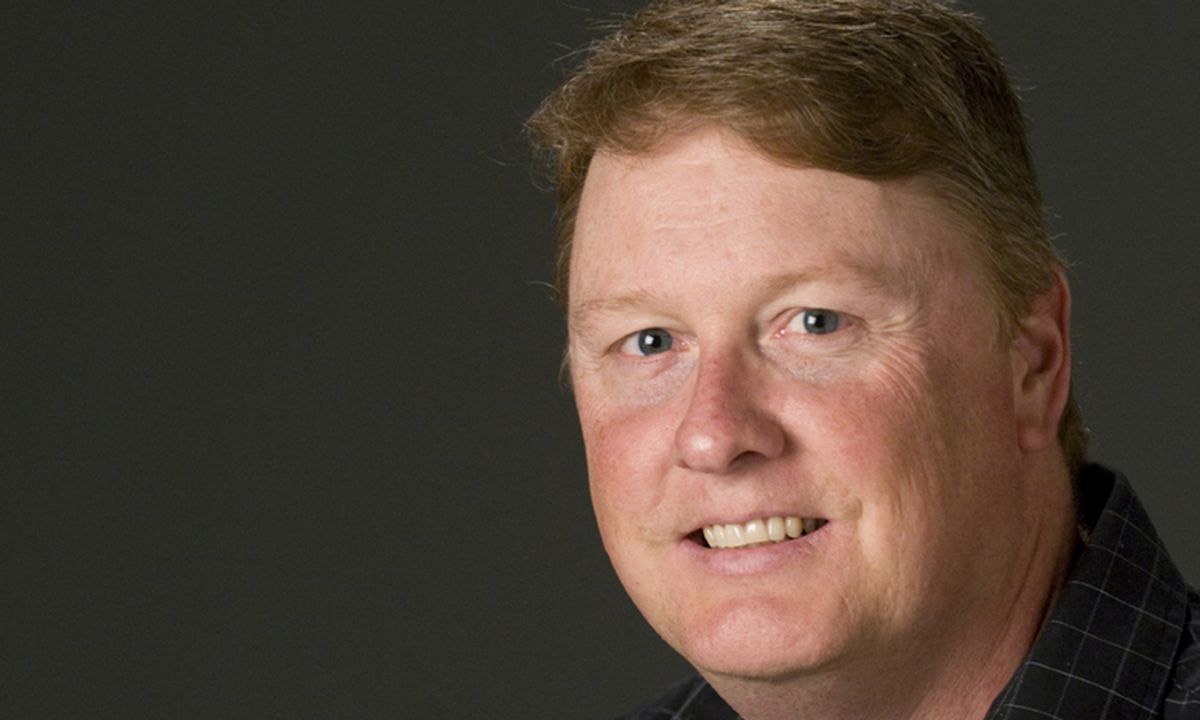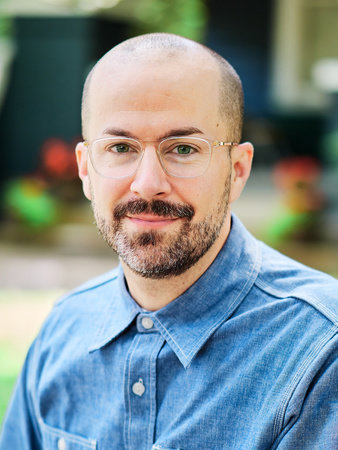| Peter Pioppo Jim Meehan
PDT
113 St. Marks Pl.
New York, NY 10009
(212) 614 0386 Pegu Club
W Houston St
New York, NY 10012
(212) 473 7348 Interview:
Tejal Rao: What drew you to the restaurant world, particularly into mixology?
Jim Meehan: I went to college in Madison, WI and started bartending when I was a freshman to pay for school. I worked full time through school (majoring in English Lit and African American Studies) and realized when I was around 23 that I wanted to stay in the business. My brother Peter moved to New York when he was 20 and started working for Food and Wine Magazine (organizing the Aspen Food and Wine Festival) as an intern when he was 21. Peter went on to work in PR for a couple of years before becoming a freelance food writer. Peter's experiences in the restaurant world inspired me to move to New York and try my hand at it. I visited New York as often as possible and knew I needed to be there.
more >>
|
|
Mixologist Jim Meehan
PDT and Pegu Club | New York
Biography
A Chicago native, Jim Meehan started bartending when he was a freshman at the University of Wisconsin in Madison. Although he initially worked to help pay tuition, working full time as a bartender and manager throughout college made him realize that he had a passion for the business. In the summer of 2002, Jim moved to Manhattan and landed his first position at Five Points where, in addition to working as a bartender, he gained experience in hosting, managing, and wine service. In 2004, he joined the opening team for Pace as the assistant beverage director, and was quickly promoted to co-beverage director.
In March 2005, Jim left Pace to join the staff of Gramercy Tavern as a bartender, soon ascending to head bartender. In August 2005, Audrey Saunders, who had sampled Meehan’s cocktails while he was still at Pace, offered him an opening bartender position at her new bar, Pegu Club.
Currently, Jim can be found behind the bar of Pegu Club and he’s also a consultant to the new speakeasy PDT (which stands for Please Don’t Tell), where he directs a cocktail program that reflects a classic, early 20th-century bartending repertoire and incorporates a variety of artisanal ingredients, including premium spirits, cordials and bitters. In addition, Jim served as a deputy editor on Food & Wine Cocktails2007 and is at work on the 2008 edition.
back to top
Interview Cont'd
TR: How did you get started?
JM: I moved here 5 years ago and started out at Five Points on Great Jones Street. During the weekdays we ran a special from 5-7 where we served $5 'martinis' and $1 oysters. We must have sold thousands of $5 martinis consisting of rail vodka and boiron puree. Later, I considered there must be something more to cocktail culture and I've been searching for it ever since. Aside from the happy hour special, Five Points was where I realized my desire to someday own my own restaurant. Seasonal, market driven food, aimed to please a demanding local audience was just the ticket for me. Food and beverage are made for each other, and in restaurants, I honed my skills selling wine and pairing it with food. After 7 years of working in a smoky bar packed with drunk people in Wisconsin, I realized that a restaurant was a more wholesome and challenging option for me to set my sights on. TR: How were you trained in bartending?
JM: Most of what I know about drinks comes from sitting on the other side of bars. Eben Freeman was the first bartender I met who really was taking what I wanted to do to another level. Laura, Enzo, Joseph, and Toby at Milk and Honey always blew me away. Working under Audrey Saunders at Pegu Club has been the single most important step in my career as a mixologist. When I was working at Pace, my friend Rob Wiley was chosen to edit the Food & Wine Cocktail Book (which I now edit) and he told me he was getting the opportunity to interview all of the country's top mixologists. I asked if he had spoken to Audrey, and when he said he had, I asked him if he would ask her to come visit me at my bar. A couple of months later, she came in and had dinner at the bar. I got a chance to serve them dinner and wine and later to make drinks. It was after this meeting that I asked if I could work for her at Pegu Club. Months later I opened Pegu with her and some of the most talented people in our field. TR: Did you take any courses?
JM: As far as courses, I took the BAR class last summer and have attended Gary Regan's Cocktails in the Country the last two years. While all of these experiences were important, there is very little you can study in the classroom that can prepare you for life behind the bar. Working at Pegu with Audrey and many of the other talented bartenders that have walked through the door has taught me a lot. TR: What are some trends you're seeing in the market?
JM: Culinary cocktails (fresh, seasonal, ingredient driven cocktails) vs. Classic cocktails (forgotten historical drinks from old bar manuals made with underutilized spirits). Bitters and fortified wines are coming back in a big way. Bartenders are cramming bigger ice cubes into smaller glasses.There are better bar tools available to mixologists these days, and more of an emphasis on technique. Spirits being viewed with the same reverence as wines. Mixers such as artisanal sodas are making a huge comeback. We are moving away from flavored spirits and towards flavoring our own through infusions. We are moving towards bartending becoming a well respected profession again. TR: What's your process for creating a new cocktail?
JM: Everyone's process is different. If you look back in history, you find that drinks were created to celebrate a moment in time, or named after someone's favorite drink, or were house cocktails for great bars, or were fashioned when a new product became available. These situations still stand and create a desire to affix a drink to an occasion. I like to ‘create’ drinks using obscure or underutilized ingredients on a seasonal basis. The drinks at Gramercy change every season and use as many base spirits as possible. Often times, I am visited by friends or regulars who are looking for something 'new' or am challenged by my general manager, Kevin Mahan, to make a drink using something obscure. When I'm lucky, and in a good frame of mind, something fortuitous comes from these situations. TR: What is your favorite cocktail to drink? To make?
JM: I drink just about everything but vodka. If I had to choose one drink, it would probably be the Sazerac. Classic, balanced, sophisticated, strong, and simple. If I had to choose one drink to make, it might be the Jimmie Roosevelt. We opened with it on our menu at Pegu Club. The cocktail is from Charles Baker's classic Gentleman's Companion of 1937 and is a variation of the Champagne cocktails that adds Cognac, a demerara sugar rinse, and a float of Green Chartreuse. It takes time to build and is a drink that allows the bartender to demonstrate a few different techniques as you tell the story. TR: What are some of your favorite tools?
JM: Books: I collect the old books about spirits and cocktails and stay up to date on what's going on by reading Imbibe and Difford’s Guide. History is the single greatest tool we have behind the bar. I love Chris Gallagher's Pug Muddler, Alessi Boston Shakers, Bonzer Hawthorne strainers, and Bar Store's mixing glasses. TR: What is your favorite mixology resource?
JM: Dave Wondrich's Killer Cocktails, Simon Difford's Difford's Guide, and Ted Haigh's Vintage Spirits and Forgotten Cocktailsare my current favorites. If I had to pick one, I'd choose Gary's because it offers the philosophy behind mixing drinks as well as the methodology. TR: What are some of your favorite food-industry charities?
JM: I've been participating in Citymeals-on-Wheels and Taste of the Nation for the past few years and I think they are great charities. To be honest, they are the only charity events that I have been invited to consistently, and for that reason they are my favorite. I would love for more of these sorts of events to come my way, because I feel like giving back is natural and vital for those who are as fortunate as I. TR: What does success mean for you?
JM: Success is all relative. I've met so many people who have everything and are unsatisfied and those who have very little from a material standpoint who seem content. I wake up everyday and try to do something to grow as a person. I am driven and life takes unexpected turns; as long as I can adapt to the changes and maintain the will to be excellent at whatever I do, things will work themselves out in the end. back to top
|



